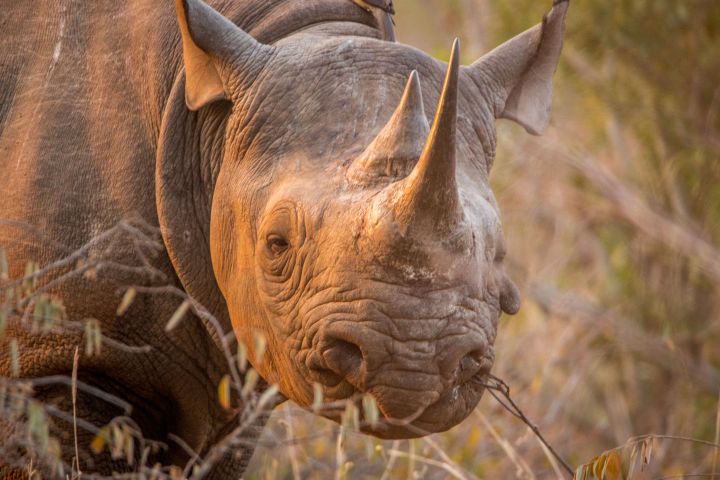The use of artificial intelligence to protect wildlife is something researchers have been working on for a while. However, computer scientists at the University of Southern California are taking it to the next level with the creation of a deep learning-based A.I. system that is able to spot poachers in near real-time, based on video shot from drones.
Because poachers are normally active at night, the challenge the researchers faced was finding a way to distinguish between poachers and animals — both of which give off heat — when viewed on infrared cameras. To solve this, a team led by USC Viterbi School of Engineering Ph.D. student Elizabeth Bondi trained a special type of deep learning neural network, called a Fast R-CNN, on 180,000 labeled images of humans and animals in infrared videos. This taught the computer to distinguish between poachers and the animals they hope to hunt.
“Air Shepherd is using unmanned aerial vehicles to locate poachers at night when poaching typically occurs by using thermal infrared cameras aboard the UAVs,” Bondi told Digital Trends. “They then have a monitoring team watch the videos all night to locate potential poachers in the videos and alert law enforcement. Because this is a difficult, arduous process, we have created SPOT (Systematic POacher deTector) to help. SPOT is a deep-learning system that automatically detects humans and animals in thermal infrared videos captured aboard UAVs, and it has been designed for near real-time use in the field, where computing or internet resources may be limited. In practice, SPOT will help the monitoring team by alerting them of humans or animals in the video, and the monitoring team will then be able to contact law enforcement if necessary.”
One of the impressive advances of the USC technology, which can be run on a laptop, is that they were able to reduce the amount of time it takes to process each image from 10 seconds to just 0.3 seconds. When dealing with a moving target, this reduction in time can make all the difference.
“During [the technology’s] field test, our partners at Air Shepherd flew their UAV with the thermal infrared camera while law enforcement officials conducted a training exercise,” Bondi said. “Air Shepherd ran SPOT to help their monitoring team identify the humans in the video. We plan to expand trials in Botswana in the next few months, again to be used to help the monitoring team or park rangers identify humans in thermal infrared videos.”



